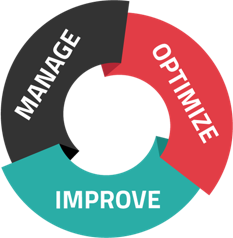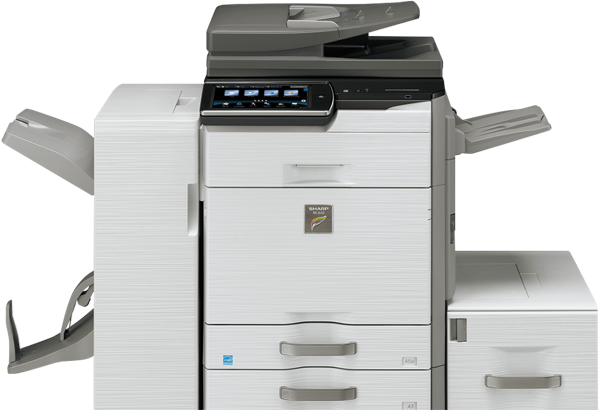
If you're a small business with even one printer on your premises, you need printer security. That may sound obvious or even easy--but when you take a closer look, you'll realize that printers introduce risks you may never have considered. Here's how to get smart about printing and protect your SMB.
A New Perspective on Printer Security
The truth about IT security of any kind is that it's always moving and ever-changing. That's because threats, risks and potential problems--and the people who exploit them--evolve with every change in technology. This presents a problem for small businesses that may not have the time, resources or expertise to keep up: How can you protect your printers and other technology without spending your whole day worrying?
The first step is to understand that, as an SMB, you face unique challenges in the printer security environment. Unfortunately, hackers see you as an easy target--and whether or not that's true, it increases the risk that you'll be first on their "hit list."
Luckily, there's a way to break printer security into more manageable parts:
Digital Printer Security
By far the most common type of printer security, this part includes considerations such as passwords, network connections, firewalls, and more. The key is to think about your printers as part of a much larger web, because they're likely connected to your computers, mobile devices, and networks--and not all of these are necessarily on-site at all times.
Physical Printer Security
This is one area most small businesses--and even larger organizations--tend to overlook. With so much work happening in the digital realm, you might think your physical documents and machines are safe--but the truth is that they're a goldmine of information a savvy data criminal wouldn't be able to pass up.
Physical printer security threats come in two basic types:
- Accidental: Well-meaning workers make security mistakes all the time. From leaving documents on the printer tray to using the wrong machine settings, your people can open you up to outside risks of all kinds.
- Purposeful: A disgruntled employee might share sensitive company data (or even sell it) to "get back at" your business, or a third party might act like a guest at your business just to sneak a peek at what's on that printer tray.
Printer Security Tips for Every Small Business
Once you've trained yourself to break printer security into two manageable parts, you can start utilizing tips like these:
#1: Get Help
Remote monitoring. Fleet optimization. Security improvements. These are just a few of the things you'll enjoy when you get help from managed print services--a great solution for small businesses that lack the resources for full printer security measures.
#2: Make Plans
What happens if a data breach occurs? Who contacts whom? What is each employee expected to do? How can you prioritize your next steps to minimize further damage? By asking these questions long before anything actually goes wrong (if it ever does), you'll build confidence among your team and--indirectly--your customers.
#3: Create Print Rules
Print rules don't have to restrict creativity or make employees feel like they're constantly being watched. The idea is to build a set of guidelines that protect users from little mistakes or oversights, which could easily become big printer security risks down the line. A managed print services provider can help you create and enforce print rules that fit your workflows.
#4: Research Features
Most printers come with built-in settings and solutions that can make printer security a whole lot easier. Read your user's manuals or do some research to find out how to utilize these options; after all, you already paid for them when you bought the machine. (Hint: If your printer doesn't have such settings, that's a sign that it's outdated and possibly introducing vulnerabilities to your print environment.)
#5: Break It Down
You can break printer security into physical and digital parts, but there's another way to categorize things:
- Device-level.
- Fleet-level.
- Data-level.
By looking at your security approach from all three angles, you'll get different insights and have more ways to protect yourself. You'll also get to see how one problem could impact all the other areas--for example, a device-level vulnerability could put your data at risk. On the other hand, an improvement in one area can also have positive impacts across all three.
Conclusion
Printer security is especially important for small businesses--but there's no need to panic. The first step is to adopt a clearer, simpler perspective on security itself; that way, you can choose the best solutions and utilize tips that will make a real difference.
Need a little help from managed print services? Contact us today to get started!



